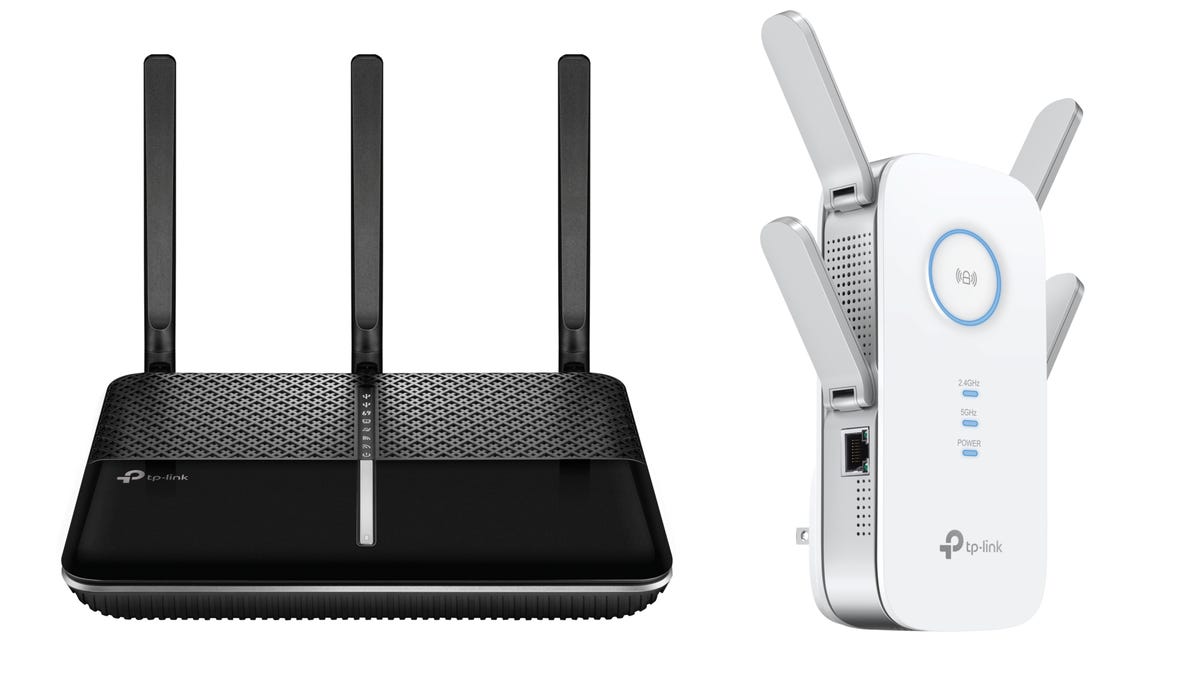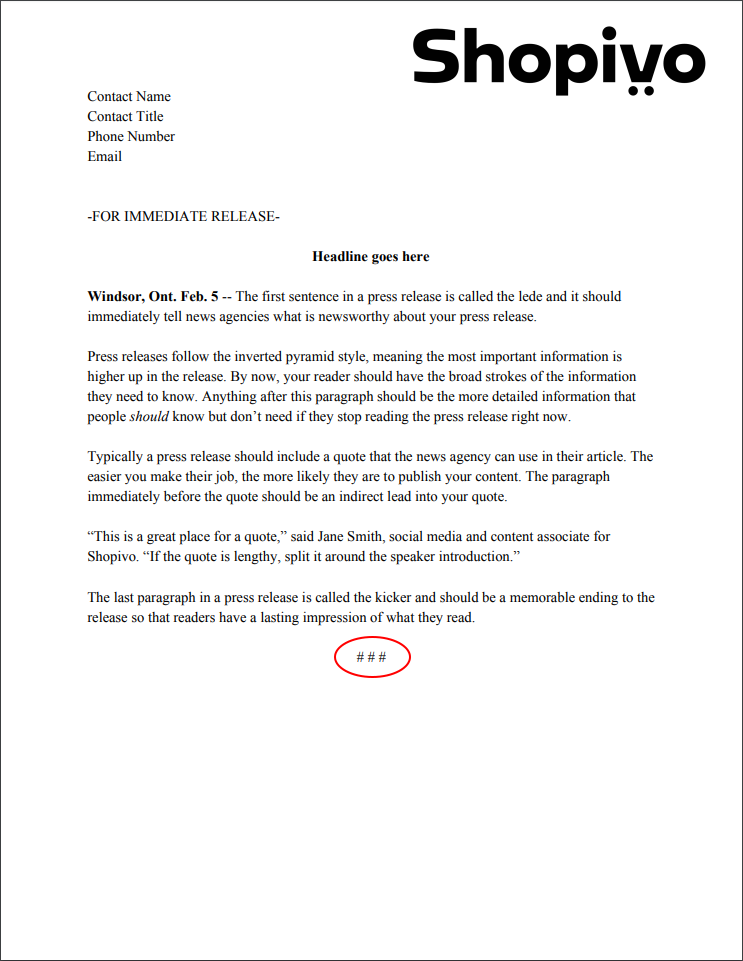Can TP Link Wifi Extender Be Hacked?
TP-Link WiFi extenders are commonly used to boost the range and signal strength of home and business networks. However, like any other device connected to the internet, they can be vulnerable to hacking. While TP-Link has taken steps to protect their devices, there are still some risks associated with using them. This article will explore the potential security risks of TP-Link WiFi extenders and what users can do to keep their devices secure.
What is a TP Link Wifi Extender?
TP Link wifi extenders are devices that are used to extend the range of your home wifi network. They are a great way to improve the signal strength of your existing wifi network and can be used to extend it to areas of your home that otherwise would not be able to access the internet. TP Link wifi extenders are easy to install and configure, and they are available in a variety of models to meet the needs of any home user. But with any technology there is always the risk of security breaches. So the question is, can TP Link wifi extenders be hacked?
The answer is yes, TP Link wifi extenders can be hacked. Though the extenders are designed with security measures in place, they are just as vulnerable to attacks as any other device connected to the internet. Hackers can use various techniques to gain access to the extenders, including brute force attacks, exploiting vulnerabilities in the extender’s firmware, and exploiting weaknesses in the user’s password. To protect against these risks, users should ensure that their TP Link wifi extender is updated with the latest firmware, choose strong passwords for their devices, and use best practices when configuring their home wifi network.
The Risks of TP Link Wifi Extenders
The internet has become an integral part of our lives, and the need for reliable connections is essential. While TP Link Wifi Extenders provide a great way to extend the range of your home or office network, they also come with some security risks. With hackers targeting these devices, it’s important to understand the risks associated with using a TP Link Wifi Extender.
In the digital age, cyber-attacks have become more common, and TP Link Wifi Extenders are not immune to them. Hackers can gain access to your network via the extender, allowing them to access your files and data. This can be done by exploiting vulnerabilities in the extender’s firmware or by taking advantage of weak passwords.
Moreover, hackers can use your TP Link Wifi Extender to launch attacks against other networks. Once the hacker has access to your network, they can use the extender to launch denial of service (DoS) attacks, which can shut down networks and websites.
To protect yourself, it’s important to use strong passwords and keep your TP Link Wifi Extender firmware up to date. Additionally, you should consider using encryption protocols such as WPA2-PSK or WPA2-Enterprise to protect your data. Finally, you should monitor your network regularly for suspicious activity and take action if you suspect someone is trying to access your network.
By understanding the risks associated with using a TP Link Wifi Extender and taking the necessary steps to protect your network, you can ensure your data remains secure.
How TP Link Wifi Extender can be Hacked
?
Wireless routers, modems, and extenders are all vulnerable to hacking, and this includes TP-Link products. TP-Link wifi extenders are vulnerable to a variety of attacks, including man-in-the-middle attacks, denial of service (DoS) attacks, malicious code injections, and even brute force password attacks. Hackers can use these attacks to gain access to your network and steal your data, or even delete your files. Even worse, they can use your network to launch attacks on other networks.
The most common way to hack a TP-Link wifi extender is via a man-in-the-middle attack, where a hacker intercepts your data as it is sent through a network. The hacker can then read, modify, or delete your data. Additionally, they can redirect your traffic to a malicious website, or even use your network to launch attacks on other networks.
To protect your TP-Link wifi extender from being hacked, make sure that you keep your router and extender updated with the latest firmware, use strong passwords for the router and extender, and install a firewall on the router. Additionally, you should disable unnecessary services on the router, and regularly monitor your network for suspicious activity. Finally, if you suspect that your network has been compromised, contact a professional security expert immediately.

Methods to Protect TP Link Wifi Extender from Hacking
With the ever-growing sophistication of technology, it is becoming increasingly important to ensure that the TP Link Wifi Extender is secure from hacking. A vulnerable wireless network can be exploited by attackers to gain unauthorized access to confidential information and systems, making it a major security concern. Fortunately, there are a few steps that can be taken to protect the TP Link Wifi Extender from malicious activities.
First and foremost, it is important to use a strong password for the TP Link Wifi Extender. Passwords should be at least 8 characters in length and include a combination of letters, numbers, and symbols. Additionally, using two-factor authentication can help make it more difficult for an attacker to gain unauthorized access.
It is also important to encrypt the data transmitted over the TP Link Wifi Extender. WPA2 encryption is the most secure wireless encryption and should be used whenever possible. Additionally, it is important to keep the router’s firmware up to date. This will ensure that any security vulnerabilities are patched quickly and efficiently.
Finally, it is important to use a firewall to protect the TP Link Wifi Extender. Firewalls can help block malicious traffic and protect the network from external threats. A good firewall should be configured to allow only trusted traffic and block all other traffic.
By following the above tips, users can better protect their TP Link Wifi Extender from attackers and ensure that their data remains secure. Additionally, users should be aware of any suspicious activity on their network and take appropriate steps to protect their data.
Commonly Asked Questions About Securing TP Link Wifi Extender
The TP Link Wifi Extender is a popular choice for extending WiFi signal to hard to reach areas of the home. With its simple setup and reliable performance, it is no wonder that so many people are using TP Link Wifi Extenders. But while the extender might be easy to use, it is crucial to take the necessary steps to secure it against potential hackers. This article will answer some of the commonly asked questions about securing TP Link Wifi Extender and provide helpful tips for keeping your network safe.
First, let’s address the big question of whether or not TP Link Wifi Extender can be hacked. The answer is yes, it is possible for a hacker to gain access to your network if they are motivated enough. However, there are several steps you can take to protect your network from unauthorized access. These include using strong passwords, encrypting your network, and turning off administrative access to the extender.
Another common question is what type of encryption should you use on your TP Link Wifi Extender. The best option is WPA2-PSK (AES) encryption, as it is the strongest available and will keep your network secure from most hackers. You can also use WPA2-PSK (TKIP) encryption, but this type is less secure and is not recommended.
Finally, you should consider turning off administrative access to the TP Link Wifi Extender. This will prevent anyone from accessing the settings and making any unauthorized changes. You can also password protect the extender to prevent someone from gaining access to the settings.
By following these tips, you can help ensure that your TP Link Wifi Extender is secure and protected from potential hackers. With the right steps, you can enjoy the benefits of having a reliable WiFi signal while still keeping your network safe.
Summary and Conclusion
In conclusion, it is possible for TP Link wifi extender devices to be hacked. However, the risk of this happening is low if the user takes the necessary precautions and follows security best practices. It is important to choose the right encryption for the wifi network, use a strong password, and update the firmware regularly. Additionally, TP Link offers an app and website that can be used to configure and monitor the wifi extender. By doing these things, users can ensure that their TP Link wifi extender will remain secure and not be a target for hackers.
FAQs About the Can TP Link Wifi Extender Be Hacked?
1. Is the TP Link wifi extender secure?
Yes, the TP Link wifi extender is secure and encrypted, making it difficult for potential hackers to gain access.
2. How can I secure my TP Link wifi extender?
To ensure that your TP Link wifi extender is secure, it is important to set a strong password and periodically change the default settings. Additionally, you should make sure that the firmware is up to date to prevent any potential security vulnerabilities.
3. What should I do if I think my TP Link wifi extender has been hacked?
If you think that your TP Link wifi extender has been hacked, the best course of action is to reset the device to its factory settings and set a new password. Additionally, it is recommended to change the default settings and update the firmware to the latest version to prevent any further hacking attempts.
Conclusion
In conclusion, while TP Link wifi extenders can be hacked, they are generally quite secure and have several layers of security in place to protect against hacking attempts. However, it is important to keep your wifi passwords secure and to update your firmware regularly to ensure the highest level of security.




